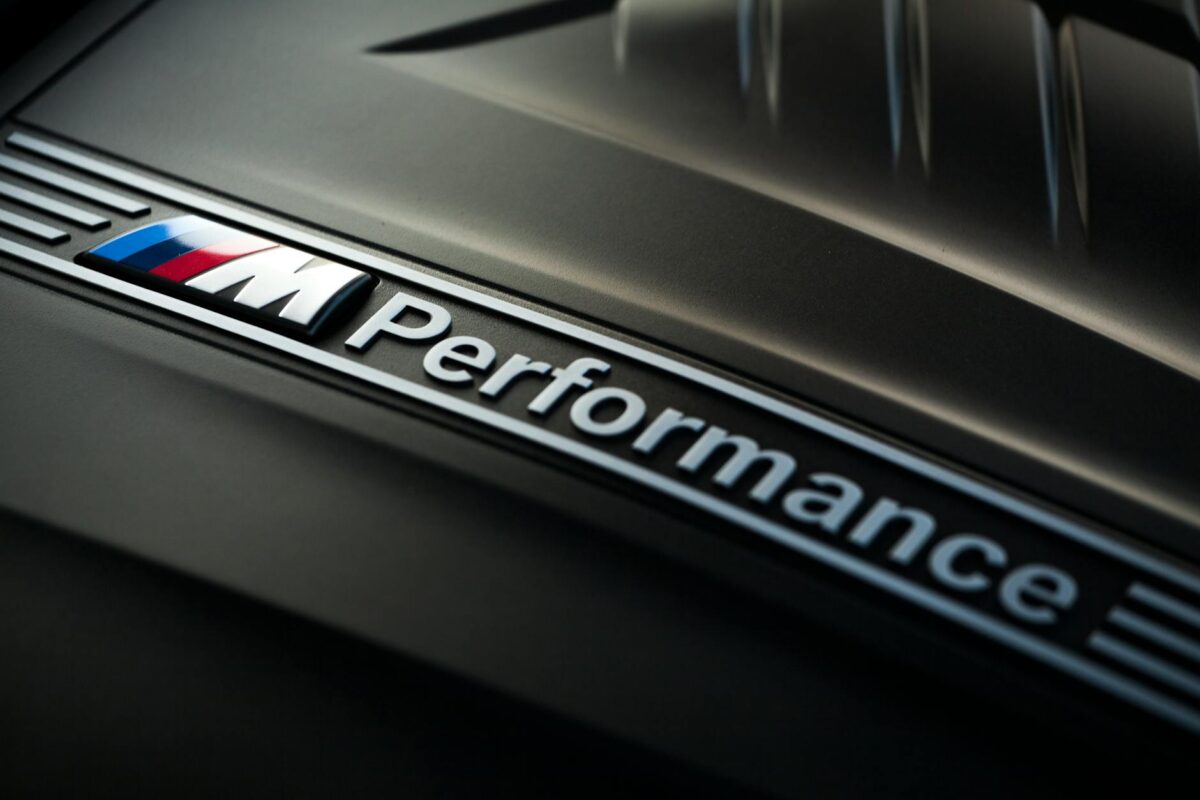BMW VS The World
Exploring Variable Valve Timing: German vs. Japanese Technologies
Exploring Variable Valve Timing: German vs. Japanese Technologies
Variable valve timing (VVT) is a crucial technology in modern engines, enhancing performance, fuel efficiency, and emissions control. While both German and Japanese automakers have developed advanced VVT systems, there are significant differences in their approaches. This article will delve into the distinctions between German and Japanese VVT technologies, with a particular focus on how BMW’s system stands out as superior.
Understanding Variable Valve Timing
Variable valve timing is a technology that allows the timing of the intake and exhaust valves to be altered while the engine is running. This adaptability improves engine efficiency and performance across a range of speeds and loads. By optimizing valve timing, VVT systems can increase power output, improve fuel economy, and reduce emissions.
Japanese Variable Valve Timing Systems
Japanese automakers, such as Toyota and Honda, are known for their reliable and efficient VVT systems. Two notable examples are Toyota’s Variable Valve Timing with intelligence (VVT-i) and Honda’s Variable Valve Timing and Lift Electronic Control (VTEC).
Toyota VVT-i
- Mechanism: Toyota’s VVT-i system adjusts the timing of the intake camshaft using hydraulic actuators controlled by the engine control unit (ECU). This system provides continuous adjustment, optimizing valve timing for various driving conditions.
- Benefits: VVT-i enhances fuel efficiency and emissions control while maintaining a balance between power and torque. It is a robust and cost-effective solution widely used across Toyota’s lineup.
Honda VTEC
- Mechanism: Honda’s VTEC system adjusts both valve timing and lift. It operates in two modes: low-speed and high-speed. At low speeds, it uses a conservative cam profile for better fuel efficiency and smoother operation. At higher speeds, it switches to a more aggressive cam profile to maximize power output.
- Benefits: VTEC provides excellent performance at both low and high RPMs, making it a versatile and effective technology. It is particularly renowned for its contribution to Honda’s sporty driving characteristics.
German Variable Valve Timing Systems
German automakers, particularly BMW, have developed some of the most advanced VVT systems in the industry. BMW’s Valvetronic and Double VANOS systems exemplify the precision and innovation that characterize German engineering.
BMW Valvetronic
- Mechanism: Valvetronic controls valve lift and timing, eliminating the need for a traditional throttle body. Instead, it adjusts the amount of air entering the engine by varying the lift of the intake valves. This system is managed by an electric motor and a series of linkages.
- Benefits: By directly controlling the intake valve lift, Valvetronic improves throttle response, fuel efficiency, and emissions. It offers seamless transitions between different engine loads and speeds, providing a smooth and responsive driving experience.
BMW Double VANOS
- Mechanism: Double VANOS (Variable Nockenwellen Steuerung) is BMW’s version of variable camshaft timing for both the intake and exhaust camshafts. It uses a hydraulically operated mechanism to adjust the camshaft positions continuously.
- Benefits: Double VANOS optimizes power delivery and torque across the entire RPM range. It enhances low-end torque and high-end power while improving fuel efficiency and reducing emissions. This system also contributes to smoother idling and better overall engine performance.
Why BMW’s Variable Valve Timing is Superior
BMW’s VVT technologies, particularly Valvetronic and Double VANOS, offer several advantages over the Japanese systems:
- Precision and Control: BMW’s Valvetronic system provides precise control over valve lift, allowing for more accurate management of air intake. This results in improved throttle response and efficiency compared to the more traditional hydraulic systems used by Toyota and Honda.
- Seamless Performance: The combination of Valvetronic and Double VANOS ensures that BMW engines deliver smooth and consistent power across the entire RPM range. This dual approach optimizes both low-end torque and high-end power, providing a more versatile and enjoyable driving experience.
- Efficiency and Emissions: By directly controlling valve lift, BMW’s Valvetronic system reduces pumping losses and improves combustion efficiency. This leads to better fuel economy and lower emissions, surpassing the capabilities of most Japanese VVT systems.
- Technological Integration: BMW’s VVT systems are part of a broader suite of advanced technologies, including direct fuel injection and turbocharging. This integration enhances overall engine performance and efficiency, setting BMW apart from many of its competitors.
Conclusion
While both German and Japanese automakers have made significant strides in variable valve timing technology, BMW’s systems stand out for their precision, control, and overall performance. The combination of Valvetronic and Double VANOS provides a superior driving experience, with enhanced power delivery, fuel efficiency, and emissions control. For those seeking the pinnacle of automotive engineering, BMW’s VVT technologies represent the gold standard.

